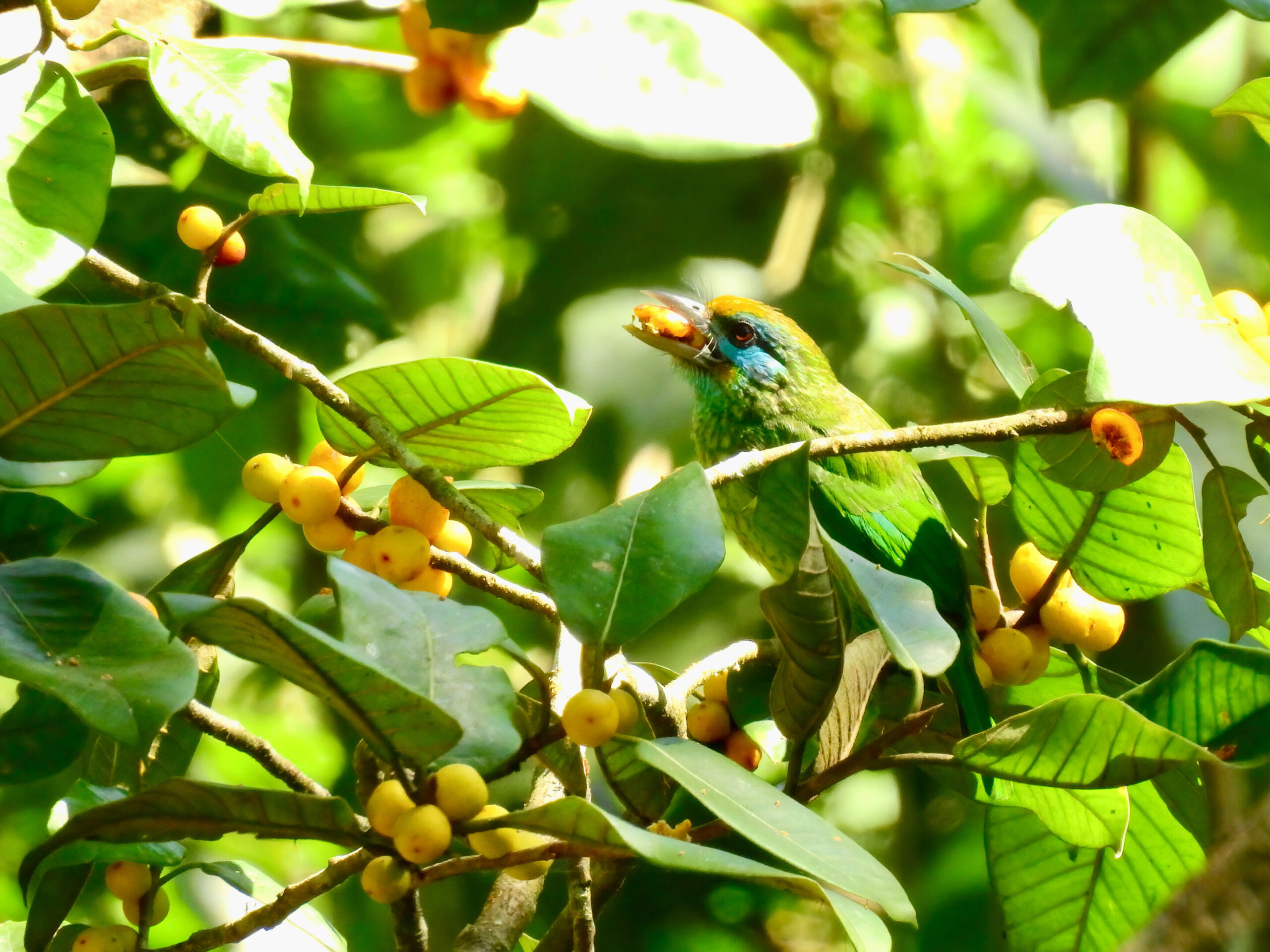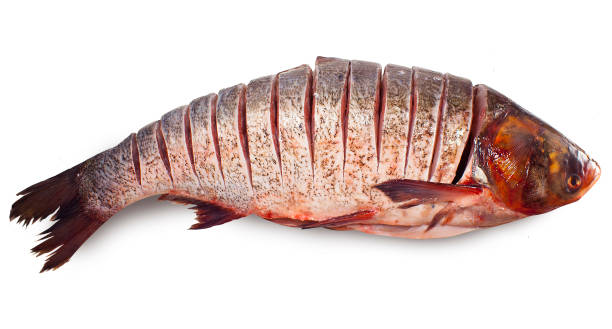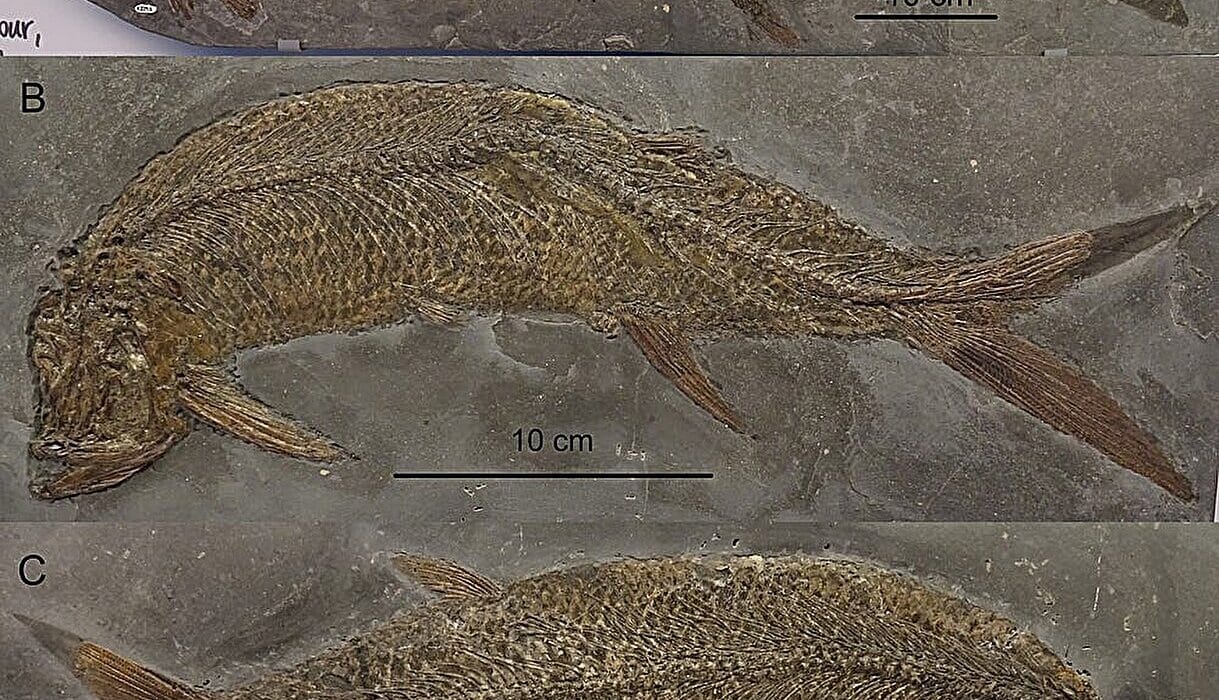In the sun-dappled canopies of tropical forests and the windswept plains of the temperate wild, birds dart and swoop in search of fruit—some of it so sour it would make a human pucker on sight. To mammals, acidic fruit is a warning sign: sharp, sour tastes often signal unripe or spoiled food, something to be avoided. But for birds, these tart treasures are often essential lifelines, providing energy in times of migration, food scarcity, or ecological change.
Now, a groundbreaking study published in Science reveals the evolutionary secret behind this fearless feasting. Birds, it turns out, don’t just tolerate sour food—they’ve evolved to barely notice it at all.
The international team of researchers, led by scientists at the Kunming Institute of Zoology, the Chinese Academy of Sciences, and the Max Planck Institute for Biological Intelligence, has discovered that birds’ sour taste receptors behave very differently from those of mammals. Instead of being activated by acid, some birds’ receptors actually shut down when exposed to acidic foods, muting the sour signal entirely. It’s a sensory sleight of hand—one that may have rewritten the story of avian evolution.
Sour but Sweet: A Surprising Taste Twist
For many animals, taste is a gatekeeper—an early warning system against danger, poison, or poor nutrition. Sourness often serves as a cue to stop eating. But birds, especially fruit-loving species like songbirds, seem immune to this alarm.
To understand how, researchers zeroed in on a key molecular player: otopetrin 1 (OTOP1), a receptor protein responsible for detecting sour taste in animals. What they found astonished them. In several bird species, especially those with high-acid diets, the OTOP1 receptor behaves in a fundamentally different way than it does in mammals.
“Instead of sending a strong aversive signal when exposed to acid, the receptor shuts down,” said Dr. Chen Zhensheng, lead author of the study. “This dampens the bird’s perception of sourness, allowing them to eat highly acidic fruit with little discomfort.”
That means when a bird bites into a fruit with a pH as low as 2.5—roughly equivalent to lemon juice—it doesn’t experience the overwhelming sour punch a human or mouse would. Instead, the bird’s taste system largely shrugs it off.
Engineering Taste: Swapping Genes Between Species
To prove the power of the bird’s OTOP1 receptor, the researchers used gene-editing technology to transplant the canary version of the gene into mice. The results were dramatic: the genetically modified mice showed a significant reduction in their neurons’ response to sour stimuli. In essence, the mice started tasting like birds.
But the team didn’t stop there. They also inhibited OTOP1 in birds—specifically pigeons and canaries—and observed that these birds suddenly lost their usual tolerance for acid. Without the function of the receptor, the birds avoided acidic food, just as mammals do.
“This provided a causal link between the receptor and sour tolerance,” said co-author Dr. Liang Qian from the Max Planck Institute. “We weren’t just observing correlation—we were watching evolution in action.”
Four Mutations That Changed Everything
Digging deeper, the scientists identified four critical amino acid changes—H239, L306, H314, and G378—that seemed to make the difference between a sour-sensitive receptor and a sour-shielded one.
Most birds had the first three changes. But songbirds—an extraordinarily diverse group that includes finches, sparrows, and canaries—carried an extra mutation: G378. This final tweak gave them exceptional acid tolerance.
That extra tolerance might not just be a neat biological trick. It may explain how songbirds managed to flourish into nearly half of all bird species alive today, thriving in ecosystems where sour fruits dominate.
When Sour Met Sweet: A Tale of Coevolution
As the researchers reconstructed the evolutionary history of taste receptors in birds, they uncovered a striking coincidence. The rise in acid tolerance in songbirds appeared to coincide with another evolutionary event: the emergence of sweet taste perception.
Birds are famously odd in this department. While most mammals possess taste receptors for sweetness, birds lost these genes early in their evolution. But songbirds, hummingbirds, and a few other lineages seem to have reinvented sweet sensing using other receptor pathways.
“This coevolution of sweet and sour perception is fascinating,” said Dr. Chen. “It suggests that birds weren’t just tuning out sourness—they were simultaneously tuning into sweetness.”
Why would this happen? The answer may lie in diet. Fruits, especially wild tropical varieties, are often both sweet and acidic. A bird that could tolerate the acid while appreciating the sugar would have a powerful evolutionary advantage.
“Imagine a fruit too sour for most mammals or reptiles,” said Dr. Liang. “But for a bird with both low sour sensitivity and a sweet tooth, it’s a feast.”
Evolution Takes Flight
This molecular flexibility—the ability to rewire fundamental sensory pathways—is one reason birds are among the most successful groups of land animals on Earth. From rainforests to deserts to urban parks, their adaptability is legendary. This new research adds a vital piece to that puzzle.
It also challenges long-held assumptions about taste evolution. In mammals, taste receptor studies have often focused on sweetness, bitterness, and umami. Sour taste, long overlooked, may be just as crucial—especially when its suppression can open up entire dietary landscapes.
“Birds are showing us that sometimes, evolution doesn’t just sharpen senses—it dims them when necessary,” Dr. Chen explained. “And that can be just as powerful.”
More Than Just Biology
The implications of this study stretch beyond ornithology or sensory science. It offers a vivid example of how small genetic tweaks—down to a single amino acid—can ripple outward, influencing behavior, ecology, and even the shape of life’s grand tree.
It also reframes how we think about taste itself. To humans, taste is deeply tied to pleasure, memory, even culture. But in the evolutionary playbook, taste is about survival. If ignoring sourness helps you thrive, nature may just rewrite your sensory script.
And perhaps, as we continue to uncover the molecular secrets of perception, we’ll learn not only why some animals love lemons—but how evolution quietly whispers in the language of flavor.
Reference: Hao Zhang et al, Molecular evolution of sour tolerance in birds, Science (2025). DOI: 10.1126/science.adr7946. www.science.org/doi/10.1126/science.adr7946






